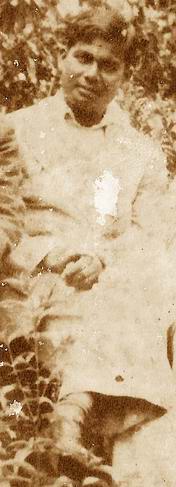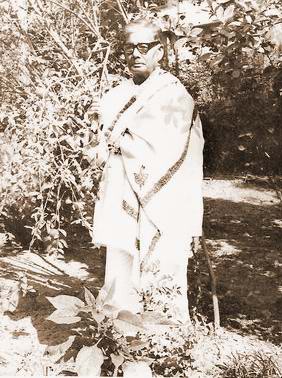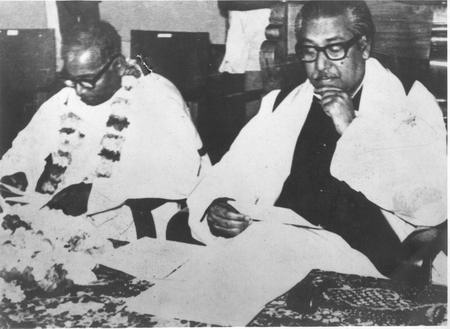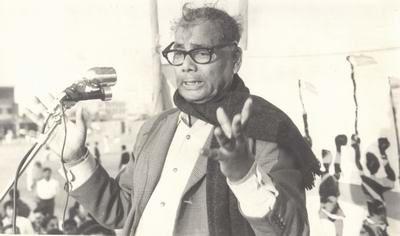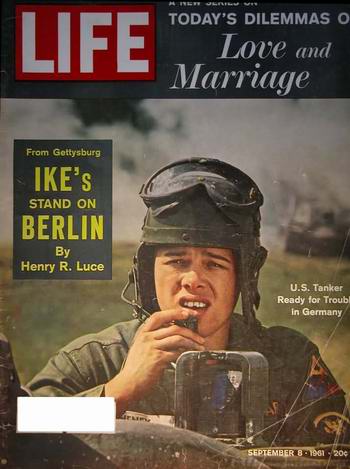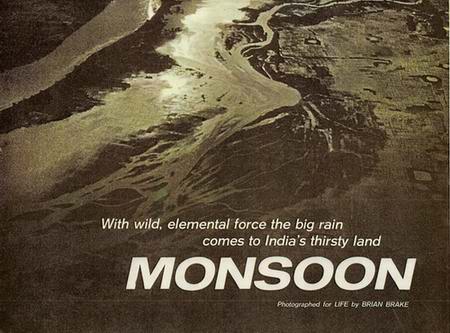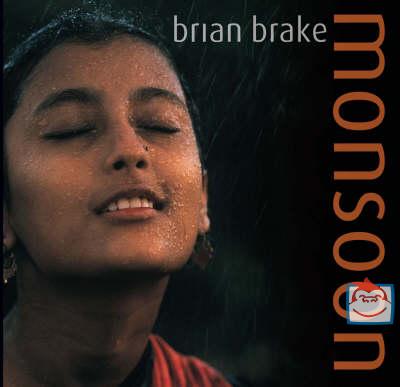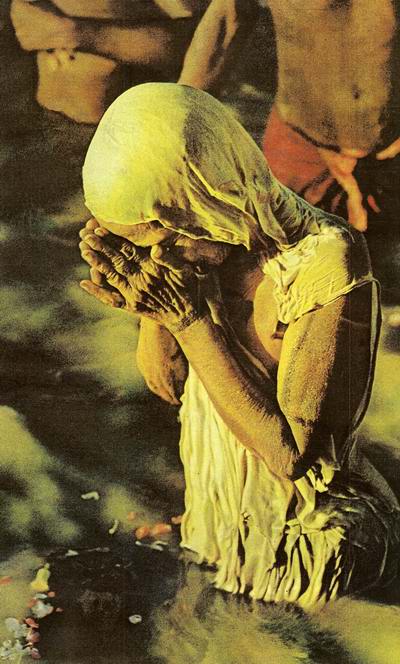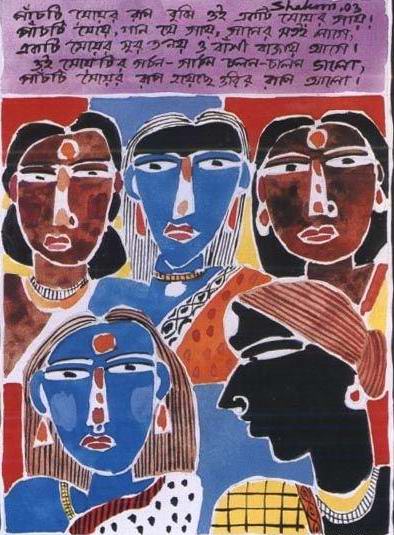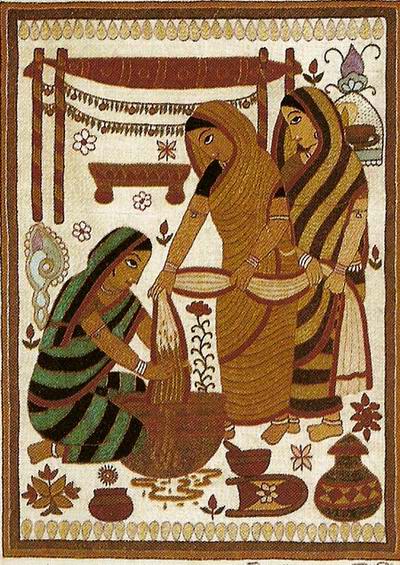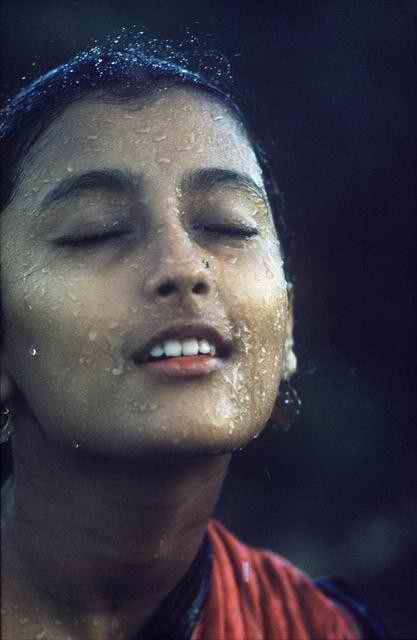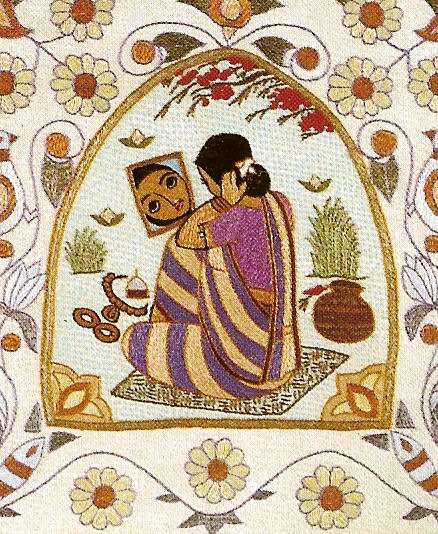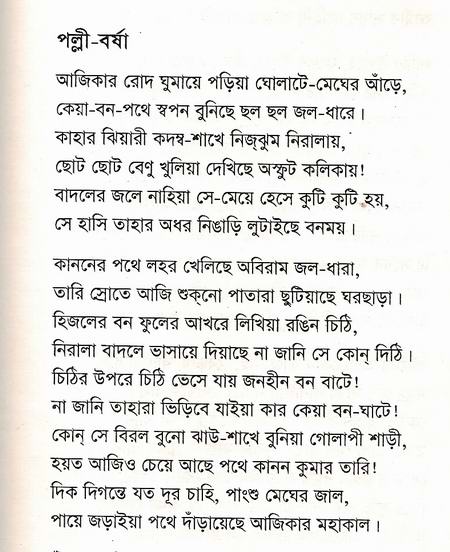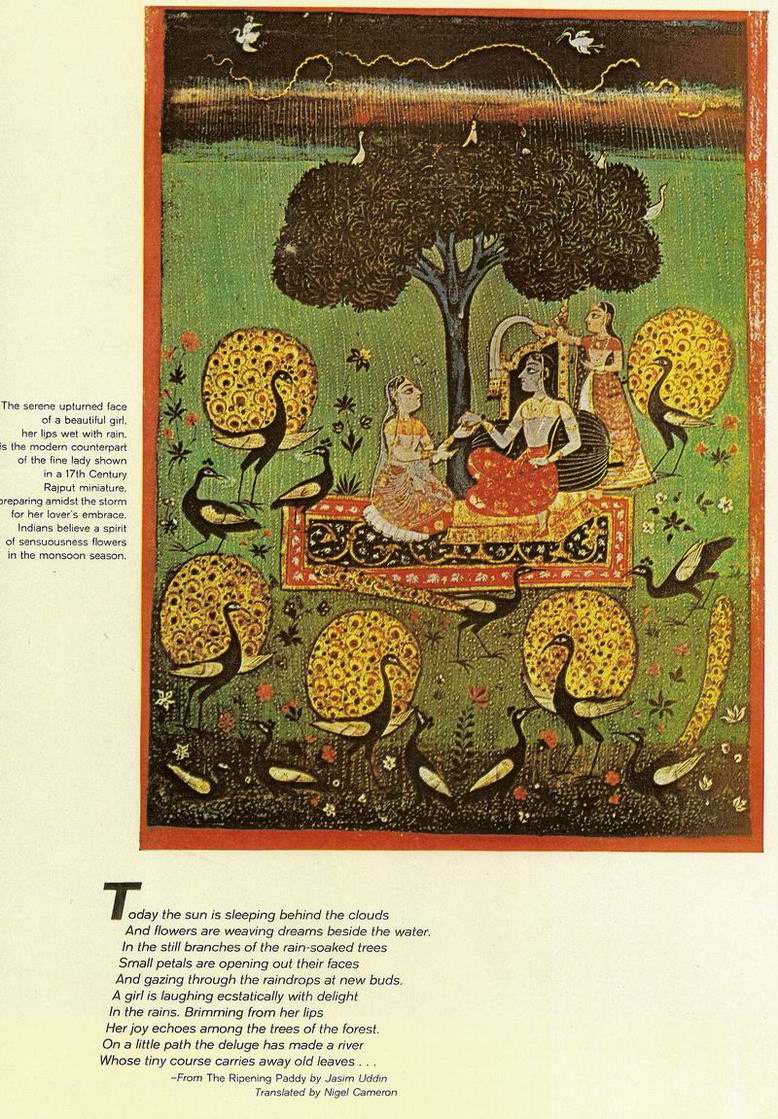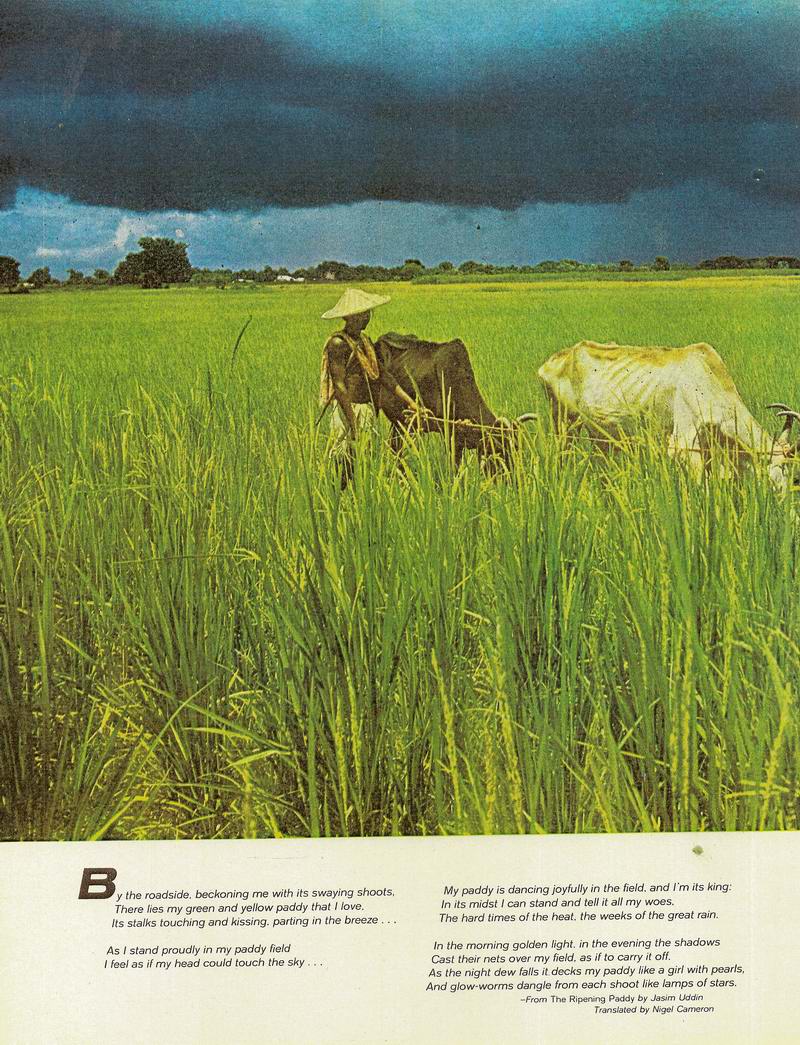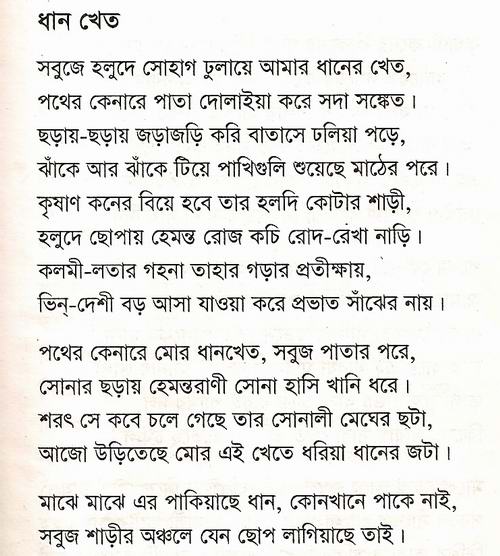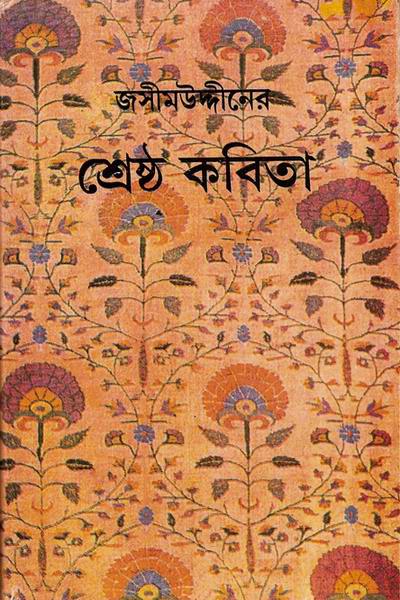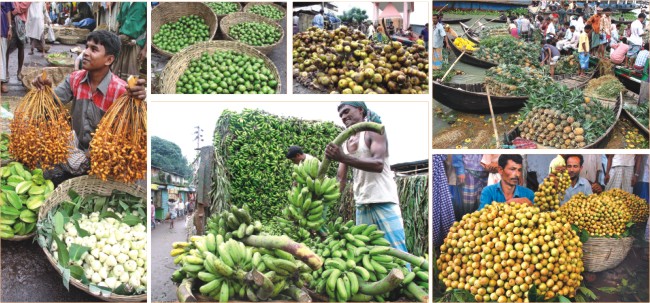Jasim Uddin and Monsoon
Published in LIFE Magazine - 47 years ago
World's First Photo-EssayThe National Gallery of Australia recently acquired 23 colour photographs which form the core of a famous photo-essay, Monsoon, shot in India in 1960 by the New Zealand-born photojournalist, Brian Brake (1927-1988).
Life Magazine
The Life founded in 1883 was similar to Puck, and published for 53 years as a general-interest light entertainment magazine, heavy on illustrations, jokes, and social commentary, and featured some of the greatest writers, editors and cartoonists of its era, including Charles Dana Gibson, Norman Rockwell, and Harry Oliver. During its later years, this magazine offered brief capsule reviews (similar to those in The New Yorker) of plays and movies currently running in New York City, but with the innovative touch of a colored typographic bullet appended to each review, resembling a traffic light: green for a positive review, red for a negative one, amber for mixed notices.
A publication created by Henry Luce in 1936, with a strong emphasis on photojournalism. Life appeared as a weekly until 1972, as an intermittent "special" until 1978; and as a monthly from 1978 to 2000.
“That Life should be passing into the hands of new owners and directors is of the liveliest interest to the sole survivor of the little group that saw it born in January 1883. ... As for me, I wish it all good fortune; grace, mercy and peace and usefulness to a distracted world that does not know which way to turn nor what will happen to it next. A wonderful time for a new voice to make a noise that needs to be heard!”(Edward Sandford Martin )
The magazine's place in the history of photojournalism is considered its most important contribution to publishing.
Monsoon first appeared in LIFE magazine on 8 September 1961 and subsequently in Paris-Match, Epoca and Queen. LIFE at the time was crowded with dramatic and interesting pictures, but large colour essays were not common and, in this case, a heavy reliance on the sequencing of the images alone - supported largely by Indian poetry by Jasim Uddin, Rabinranath Tagore and Kalidas, minimal captions rather than text as such - was new. This single story established Brake's reputation as a master of the colour photo-essay. He went on to a successful international career as a photojournalist with many stories published in LIFE and National Geographic magazine. He specialised in stories from Asia and became known for his versatility in colour and black and white reportage.
This single story established Brake's reputation as a master of the colour photo-essay.
A photo essay is a set or series of photographs that are intended to tell a story or evoke a series of emotions in the viewer. Photo essays range from purely photographic works to photographs with captions or small notes to full text essays with a few or many accompanying photographs. Photo essays can be sequential in nature, intended to be viewed in a particular order, or they may consist of non-ordered photographs which may be viewed all at once or in an order chosen by the viewer. All photo essays are collections of photographs, but not all collections of photographs are photo essays. Photo essays often address a certain issue or attempt to capture the character of places and events
Aparna Sen was born in Kolkata (then Calcutta) to a Bengali Brahmo family, originally from East Bengal. Her father is the veteran critic and film-maker Chidananda Dasgupta. Her mother Supriya Dasgupta is the cousin of renowned Bengali poet Jibanananda Das. She spent her childhood in Hazaribagh and Kolkata and had her schooling in Modern High School for Girls, Kolkata. She studied her BA, English honors in Presidency College, Calcutta but did not complete the degree.
She met the Magnum photographer, Brian Brake, in Kolkata in 1961 when he was visiting India to photograph his Monsoon series. Brake used Sen as the model for what was to become one of his most well known photographs - a shot of a girl holding her face to the first drops of monsoon rain. The photo shoot was set up on a Kolkata rooftop with a ladder and a watering can. Sen describes the shoot
He took me up to the terrace, had me wear a red sari in the way a village girl does, and asked me to wear a green stud in my nose.
To be helpful, I said let me wear a red one to match, and he said no - he was so decisive, rather brusque - I think a green one. It was stuck to my nose with glue, because my nose wasn't pierced.
Someone had a large watering can, and they poured water over me. It was really a very simple affair. It took maybe half an hourA unique photographic look at the life of India as it is moulded by the annual coming of the rains from one of the major photojournalists of the 20th century. Photographed in 1960, the images from Monsoon became part of the lexicon of photojournalism when they appeared in Life, Queen, Epoca and Paris-Match in the early 1960s; the young girl welcoming the first sweet rain remains an iconic image of the time. This is the first time that the full Monsoon series has been reproduced, along with essays that set out in human terms the effects of the rains on important aspects of life and the cultural heritage of India. In 1960 Brian shot Monsoon, which was to become one of his most famous photographic essays. Monsoon focuses on India and the relief the monsoon brings to the people and land. Throughout his career Brian demonstrated a special interest in and empathy for Asia. In 1957 he was the only Western photographer allowed into Beijing to photograph the tenth anniversary of China’s communist revolution. Brian Brake is generally regarded as New Zealand’s most successful international photographer.
Monsoon (Arabic mauism,”season”), wind that changes direction with the change of seasons. The monsoon prevails mainly in the Indian Ocean. It blows from the southwest, generally from April to October, and from the opposite direction, the northeast, from October to April. The southwest, or summer, monsoon is usually accompanied by heavy rain in areas of India and the East Indies, constituting the dominant climate event of the area. The appearance of this wind pattern over geological time has been linked, through sedimentary evidence, to the uplift of the Himalayas and the Tibetan Plateau (Qing Zang Gaoyuan) as the Indian subcontinent began to collide with the Asian crustal plate about 20 million years ago. The northern land mass was high enough by about 6 million years ago to cause air rising from the southern land mass to be replaced by the monsoon, establishing this wind pattern.
A monsoon is a seasonal prevailing wind that lasts for several months. The term was first used in English in India, Bangladesh, Pakistan, and neighboring countries to refer to the big seasonal winds blowing from the Indian Ocean and Arabian Sea in the southwest bringing heavy rainfall to the region.
Dr. Dinesh Chandra Sen wrote Jasim Uddin began a new school of poetry and no poet has ever described the beauty and divevercity of clouds of Bengal as Jasim Uddin drawn:
Black Cloud, come down, come down
lower-bearing Cloud, come down, come;
Cloud like cotton, Cloud like dust,
O let your sweat pour down!
Blind Cloud, Blind Cloud, come,
Let your twelve Brother Cloudlets come,
Drop a little water that we
May eat good rice.
Straight Cloud, Strong Cloud, come,
Lazy Cloud, Little Cloud, come,
I will sell the jewel in my nose and buy
An umbrella for your head!
Soft Rain, gently fall,
In the house the plough neglected lies,
In the burning sun the farmer dies,
O Rain with laughing-face, come!'
-From Field of the Embroidered Quilt -
Blind Cloud, Blind Cloud come,
Drop a little water that we,
May eat good rice.
Black Cloud, black as eye-paint,
I will paint for you
A black spot on your brow
When we are married.
Straight Cloud, Strong Cloud come,
Lazy Cloud, Little Cloud, Come,
I will sell the jewel in my nose and buy
An umbrella for your head !
Vermilion Cloud, I will give you
a casket of vermilion
To adorn your body in exchange for lightning
That the fields may be flooded.
Soft Rain, gently fall,
In the house the plough neglected lies,
In the burning sun the farmer dies,
O Rain with laughing face, come!
Calling thus on the twelve clouds' names,
They beg from house to house.
One gives a handful of rice,
Another gives much less
One gives some salt, another dhal,
Another an anna (coin) throws;
Gathering thus from house to house,
The band of maidens goes.
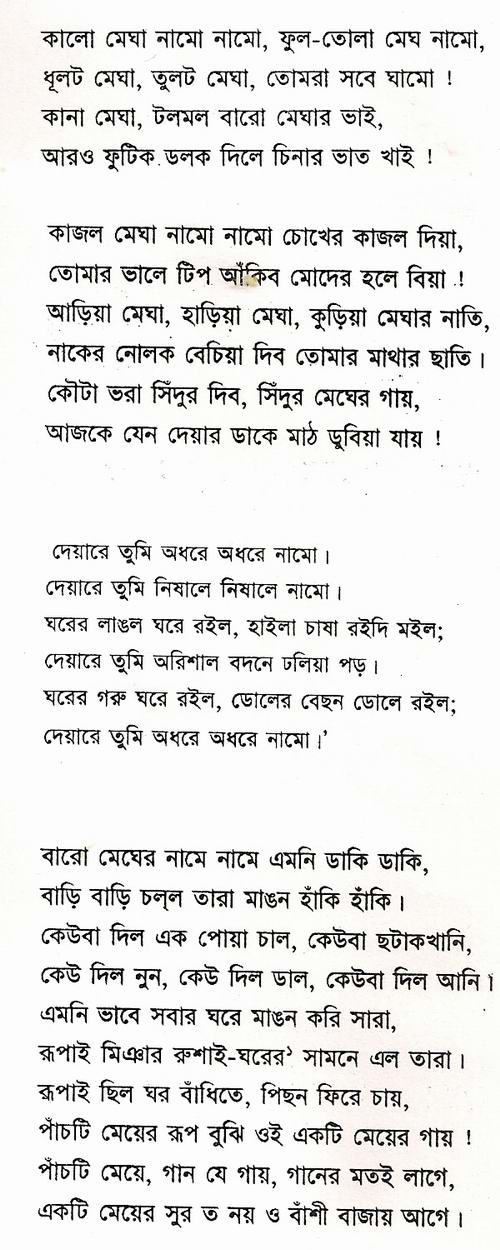
The first time poetry and pictures represented a true vision of monsoon
Brake first developed the idea of a story on the monsoon with his Magnum colleagues. He convinced LIFE to support the project and thoroughly researched the climate and culture of India as well as making exploratory visits to the sub-continent. From mid-1960 Brake spent nine months shooting the images that make up Monsoon.
By careful selection of the images, Brake and the magazine's editor succeeded in imparting a sense of the physical and spiritual experience of the monsoon season
This was the first time poetry and pictures represented a true vision of monsoon in India and Brain Brake became master of the colour photo-essay.
Today sun is sleeping behind the clouds
And flowers are weaving dreams beside the water.
In the still branches of the rain-soaked trees
Small petals are opening out their faces
And gazing through the raindrops at new buds
A girl is laughing ecstatically with delight
In the rains. Brimming from her lips
Her Joy echoes among the trees of the forest.
On a little path the deluge has made the river
Whose tiny course carries away old leaves….
-From The Ripening Paddy by Jasim Uddin
Translated by Nigel Cameron
Village Rain
Today the sun has fallen asleep behind the
dark clouds
And Keya the rain-flower dreams by water,
What young maiden on the still wet branches of
Kadamba Opens small petals spechless for ecstasy?
She bathes in rain and laughs into small pieces,
And her laughter echoes through the wet
wilderness.
In that deluge fallen leaves float together.
Into love letters written in Hizal flowers
Letters upon letters drift by
At what unknown Keya-forest-whraf will they
anchor?
The clouds Spread like a fisherman's net,
And today is entangeled in the current of eternity.
(Tanslated by Hasna Jasimuddin Moudud)
By careful selection of the images, Brake and the magazine's editor succeeded in imparting a sense of the physical and spiritual experience of the monsoon season. Most spectacular and memorable, of a beautiful young woman, her face lifted to a shower of rain drops. Her image became a signature for the essay as a whole and was widely reproduced. Monsoon was shot in different locations, but the image of the 'monsoon girl', as she became known, was actually staged in a studio. The model was Aparna Sen, a 14-year old actress who went on to a career as a film maker in her own right and is famous in the huge film industry in India.
The exhibition of Monsoon essay in LIFE will appear at Kabi Jasimuddin Museum, Ambikapur, Faridpur from 1 January 2009.Jasim Uddin's Favourite Monsoon Fruits
Last Modified: November 28, 2008
home
Please View Sponsored Advertisements to Support this Site and Project
Back to Content
